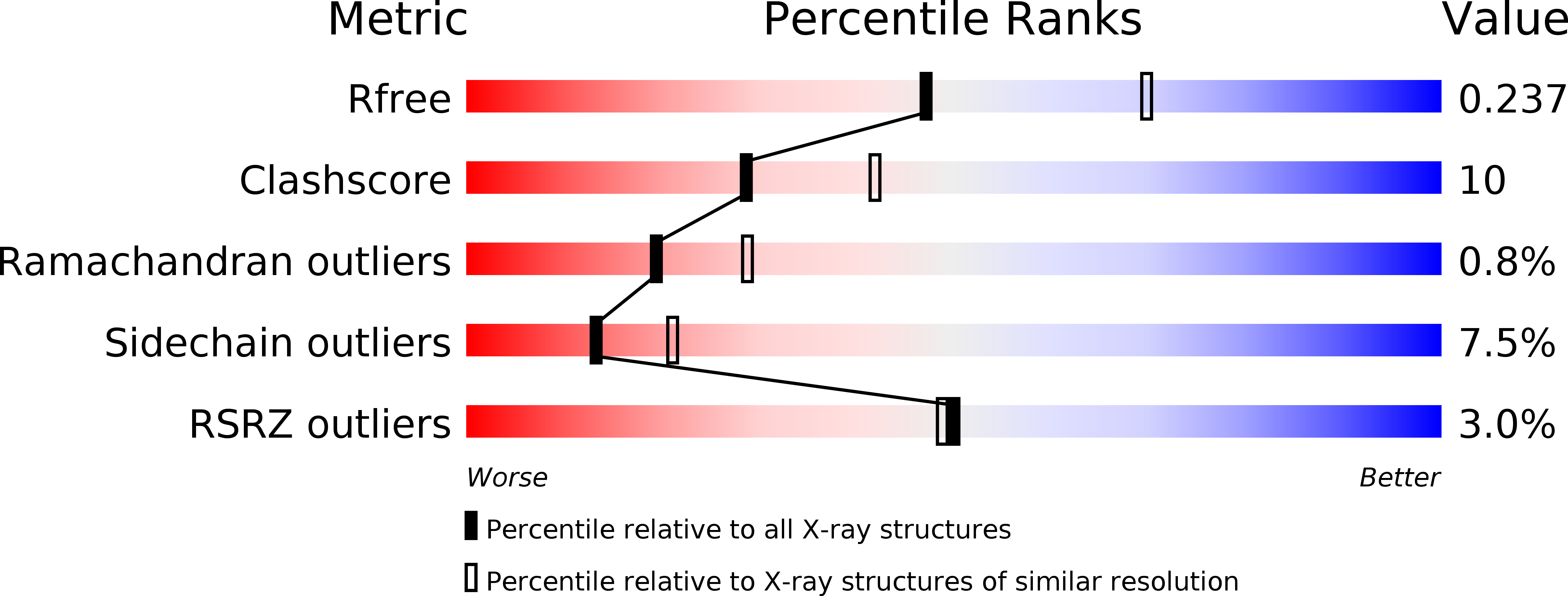
Deposition Date
2010-09-02
Release Date
2011-03-23
Last Version Date
2024-11-20
Entry Detail
PDB ID:
2XQK
Keywords:
Title:
X-ray Structure of human butyrylcholinesterase inhibited by pure enantiomer VX-(S)
Biological Source:
Source Organism:
HOMO SAPIENS (Taxon ID: 9606)
Host Organism:
Method Details:
Experimental Method:
Resolution:
2.40 Å
R-Value Free:
0.21
R-Value Work:
0.15
R-Value Observed:
0.15
Space Group:
I 4 2 2


